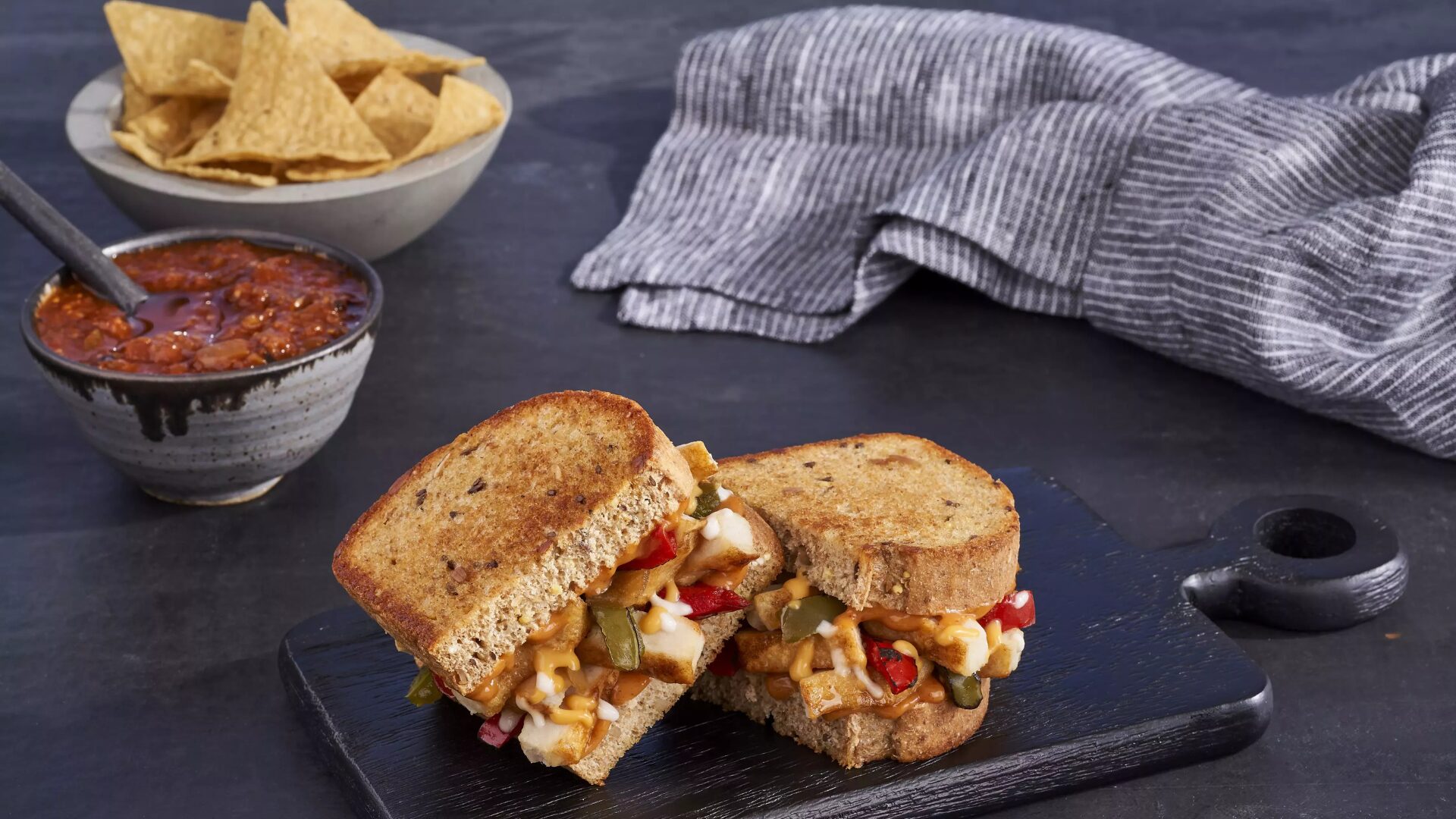Amid the health and wellness movement, protein bars are flying off grocery shelves. Yet, it’s debatable how healthy many of these protein snacks actually are in 2023. The protein bar market has become massive. According to MarketWatch, a financial analysis site, the global market for the category will reach $2 billion by the end of 2026. Many consumers assume that, because they’re labeled with the word protein – which is such a key part of a healthy diet – protein bars are good for you.
The truth is, some protein bars are healthy, while some simply aren’t.
Defining Differences
Protein bars tend to be packed with protein, while energy bars are more focused on carbohydrates. Energy bars are meant to be consumed before or during strenuous exercise while protein bars should be eaten after. Protein bars are for protein supplementation and muscle recovery and energy bars are designed to provide a pick-me-up, according to Lifestyle.
Protein bars and powders are another consideration that you need to make. Dr. Jed Macosko, professor of biophysics at Wake Forest University and scientific advisor to Shifted, a science-based fitness start-up specializing in exercise supplements, said a healthy protein bar is one that a person eats while drinking plenty of fluids.
“That’s why I tend to recommend powders instead of bars – even though I love the convenience of a protein bar,” Macosko said. “People who use powders will automatically take in the required fluids they need when boosting their protein intake.”
The Value of Protein
Without a doubt, humans need to eat protein. According to a recent New York Times article, protein makes up our hair, skin, nails and organs and it helps our brains function. There have been many popular diets that prioritize protein that people have come to associate the word with health and wellness.
All of that’s well and good, but the majority of meat eaters already consume all of the protein they need. About 0.4 grams per pound is the recommended amount for a healthy diet and most people get that in the meat they eat. Vegetarians or those that don’t eat a lot of meat can get protein from sources, like legumes, the Times article added.
Health Concerns
Many protein bars are packed with sugar and can actually be worse for you than a doughnut, according to the aforementioned Times article. A chocolate chip Clif Bar contains 16 grams of added sugar, which is more than what’s in a serving of Thin Mints, the article noted.
That doesn’t mean all protein bars are bad for consumers, of course.
“Other tags that consumers may be interested in to be “healthier” include incorporating ingredients that are raw (minimally processed), allergen-friendly (safe for everyone to eat), and healthy fats (like chia seeds),” Kaelyn Buzzo, ISSA personal trainer, nutrition coach and writer for Everlex Fitness, told The Food Institute. “Where the protein bar sources its fats, carbs, and protein is vital, as this can affect the total content of vitamins and minerals provided in the bar. Protein bars that pack more nutrients raise the appeal of ‘healthiness’ to consumers seeking benefits from these foods.”
Potential Answers to Health Issues
Buzzo urges manufacturers to be transparent with consumers and stop pretending to be a healthy product if that’s not the case.
“There are so many brands that omit hidden ingredients in their protein bars when marketing as a ‘transparent,’ ‘healthy,’ or ‘clean ingredient’ product,” Buzzo said. “This has created a lack of trust from consumers. New and established food manufacturers need to rebuild that trust between consumer and producer by creating honest labeling of products.
“As a food manufacturer, if you’re hesitant to place an ingredient on the label, the product probably isn’t as ‘healthy’ as it’s marketed. If so, changes need to be made to the product to sell it as a healthy and clean product honestly.”
Buzzo said manufacturers can include superfoods that are rich in vitamins, minerals and nutrients.












